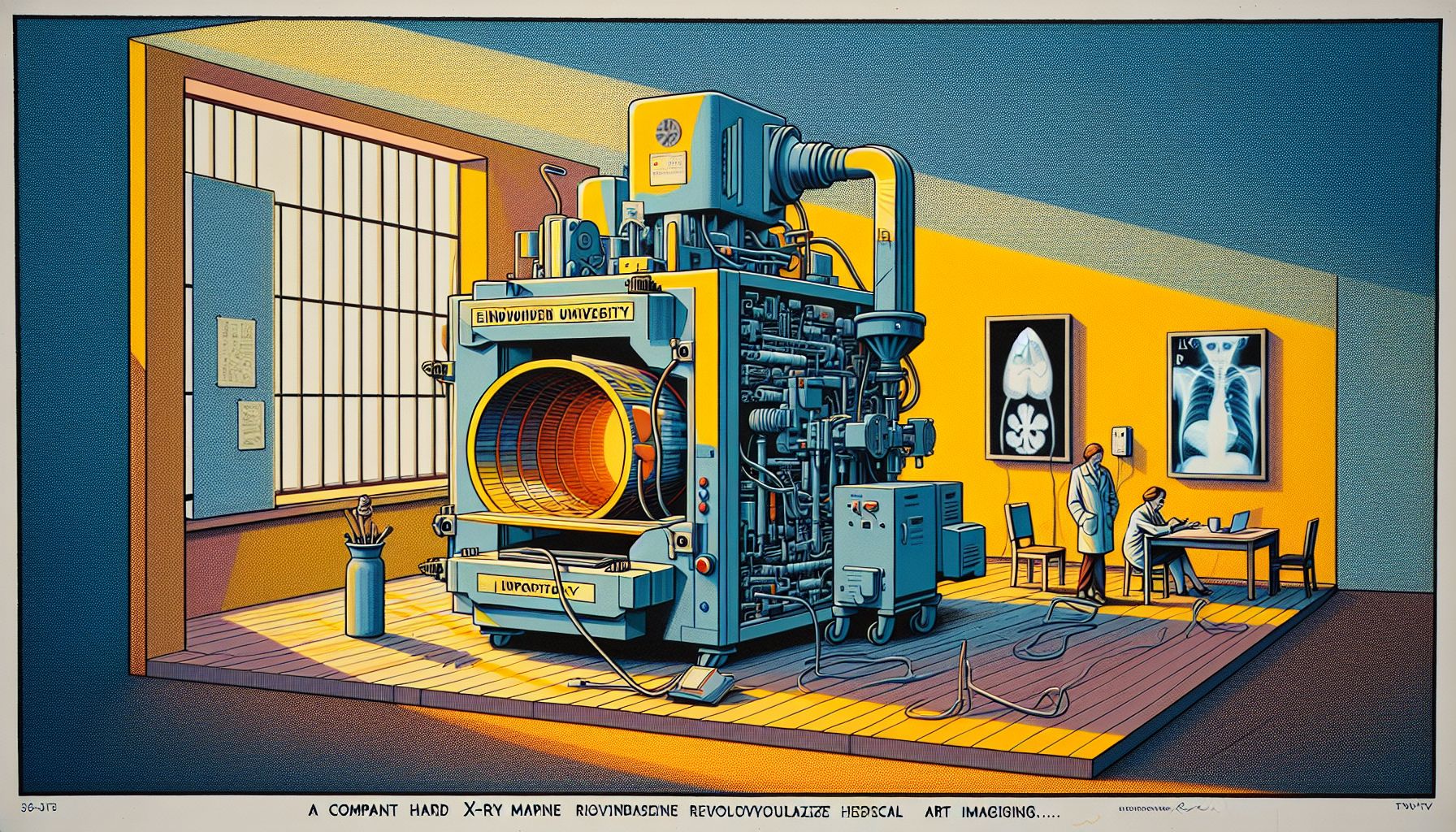Eindhoven Breakthrough: Compact X-Ray Machine Innovates Imaging

Eindhoven, Tuesday, 29 April 2025.
Eindhoven University’s development of a compact hard X-ray machine could revolutionize medical and art imaging, providing high-quality analysis capable of revealing hidden layers in paintings.
Breakthrough in Compact X-Ray Technology
Scientists at Eindhoven University of Technology achieved a significant breakthrough in September 2024 when they successfully developed a compact hard X-ray machine capable of generating high-quality images. The research team, led by Professor Jom Luiten and Peter Mutsaers, along with PhD students Ids van Elk and Coen Sweers, created the device in their organization Qubit’s laboratory [1].
Technical Specifications and Capabilities
The innovative system, known as Smart*Light, operates on a remarkably small scale, fitting on a single 3-meter optical table. The device demonstrates impressive capabilities, generating an experimental flux of 1.2 × 10³ photons per shot and reaching maximum photon energies of up to 40 keV. Perhaps most significantly, it features continuous energy tunability from 5 to 40 keV, representing a potential improvement in brilliance over conventional X-ray tubes by an order of magnitude [2].
Applications in Art and Heritage
The development holds particular promise for art conservation and analysis. Art historian and materials scientist Joris Dik from Delft University of Technology highlights that this technology enables the study of paint layers’ chemistry and structure at unprecedented resolution. The compact nature of the device means it could potentially be installed directly in museums, representing a significant advancement for heritage research [1].
Future Developments
The research team is currently collaborating with partners from TU Delft, University of Antwerp, and Ghent University to enhance the system’s capabilities. Future upgrades are expected to allow for X-ray energy generation of up to 20 keV, with plans to increase the repetition rate from 50 Hz to 500 Hz [2]. The project, which began in 2018, has received funding through Interreg Flanders-Netherlands and various government contributions [1].

